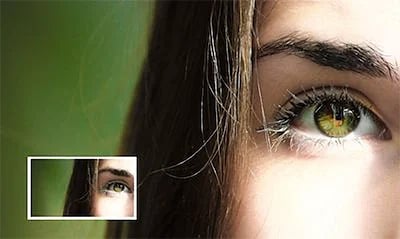With the rapid growth of artificial intelligence and its integration into numerous sectors, one astonishing breakthrough that has piqued the interest of both professionals and enthusiasts is AI image upscaling. The days of pixelated enlargements and hazy outcomes are over, as AI-driven algorithms provide pixel accuracy like never before.
Enlarging photos without sacrificing quality has always been a difficult undertaking in the world of digital imaging. Traditional methods frequently produced unsatisfactory results, resulting in images that were distorted and far from the desired outcome. However, the introduction of AI picture upscalers has transformed this scene, promising to redefine pixel perfection requirements.
These cutting-edge algorithms are intended to harness the power of artificial intelligence by training on massive datasets of high-resolution photographs to recognize patterns, textures, and features. This comprehension enables the AI to predict and synthesize the missing information when an image is magnified, resulting in dramatically improved images. AI picture upscaling technology is complicated, involving intricate neural networks that imitate the cognitive processes of the human brain, allowing the AI to make informed judgements on the most likely content and structure of the missing pixels.

Consider taking a decades-old photograph that has been tainted by time and wear and transforming it into a high-definition masterpiece using an AI upscaler. Every crease, subtlety, and memory-inducing element would be painstakingly recreated, bringing new life to experiences locked in time. Photographers, graphic designers, and even historians now have access to a powerful tool that not only preserves the integrity of their photographs but also improves them beyond expectations.
AI image upscaling has real implications that go beyond nostalgia. Industries such as e-commerce, where product photographs play a critical part in enticing buyers, are embracing this technology to present their products in the best light possible. A pixel-perfect image not only communicates professionalism, but it also fosters trust between the company and the consumer. Similarly, medical imaging is another field where AI is making tremendous progress. Enlarging medical scans while maintaining clarity is critical for correct diagnosis, and AI is making this procedure more dependable than ever.
However, as with any new technique, AI image upscaling has its limitations. The algorithms, while sophisticated, are not without flaws. They rely on patterns and information in their training data, which might lead to misinterpretations or mistakes. Striking the correct balance between upscaled augmentation and retaining the image’s original intent is a never-ending task.
Finally, the era of AI image upscaling has opened a new chapter in the evolution of visual content augmentation. AI-driven algorithms have the capacity to alter human expectations of pixel perfection, with the power to resuscitate old memories and increase the quality of graphics across multiple industries. As technology advances, overcoming constraints and enhancing capabilities will be critical in realizing the full promise of AI picture upscaling and smoothly integrating it into our visual-centric environment.
For details about image upscaler ai web page: for more information.
